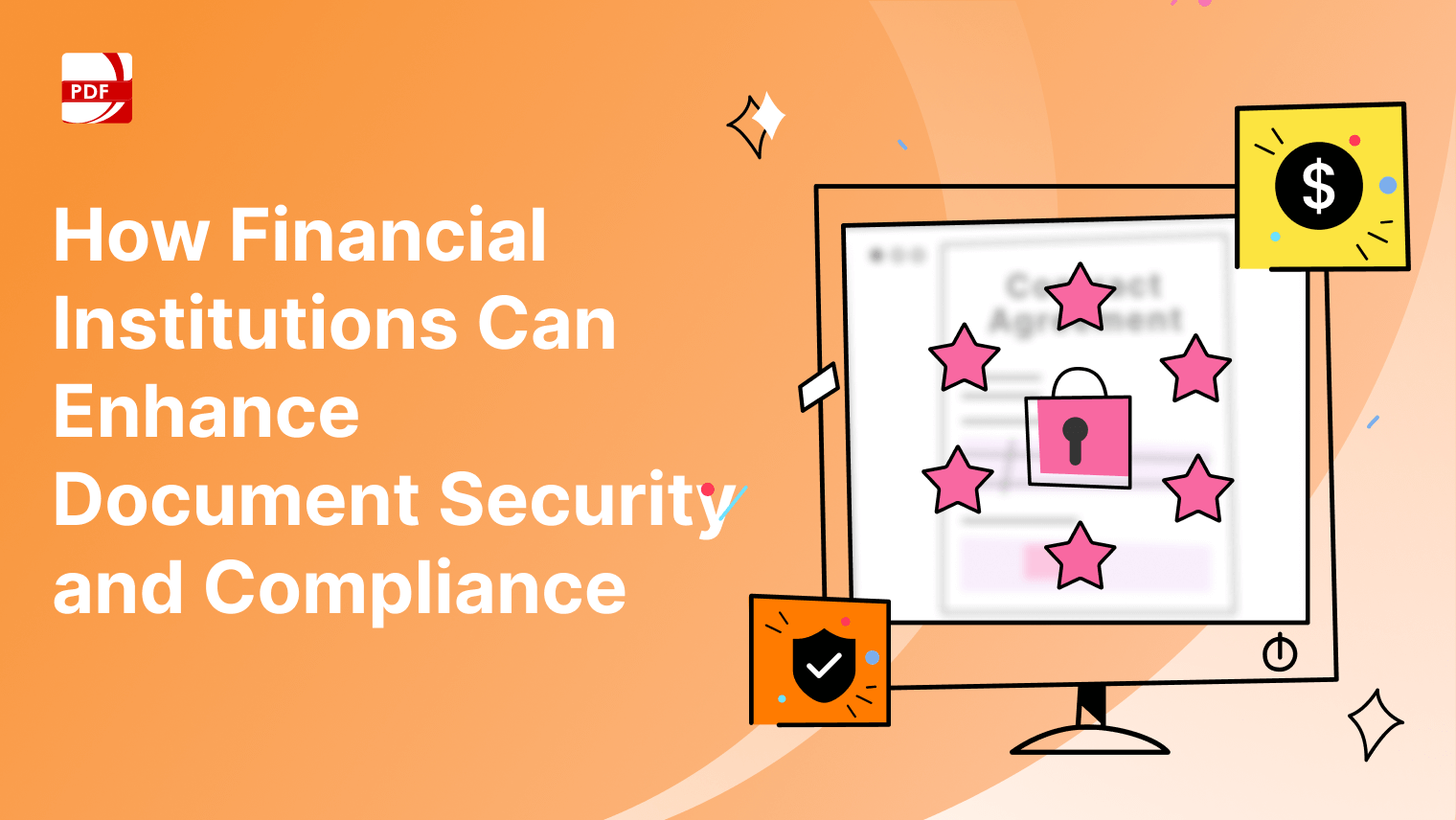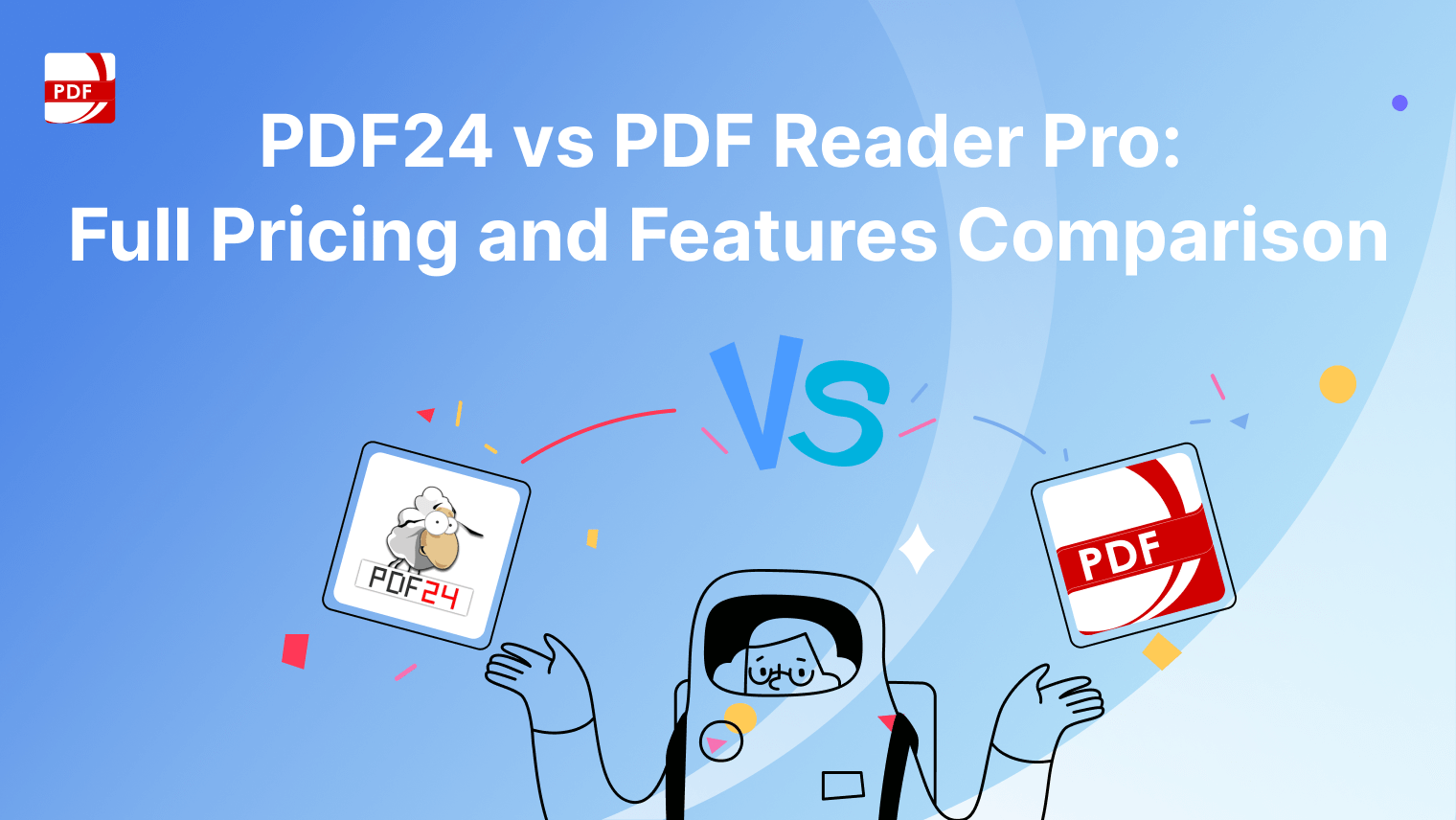What is SSO
Single Sign-On (SSO) is an authentication service that allows access to multiple applications within a system with a single set of credentials, getting rid of re-entering account information such as username and password for each application. For example, after logging in with a Google account, users can seamlessly access products like Gmail and Google Drive without the need to input their credentials again.
Image Source: Pixabay
How Does SSO Work?
The working principle of SSO authentication is as follows:
-
Users log in with SSO credentials to a service provider or a central portal (such as a company's intranet or a university student portal).
-
Once the user successfully authenticates, the SSO will generate an authentication token containing specific information about the user's identity (username, email address, etc.). This token is stored in the user's web browser or the SSO system.
-
When the user attempts to access another trusted service provider, the application checks the SSO system to determine if the user has passed the session authentication. If yes, the SSO verifies the user by digitally signing the authentication token and grants the user access to the application. If not, the system prompts the user to re-enter login credentials.
Advantage of SSO
SSO saves users from the cumbersome process when they need to repeatedly enter account credentials. After the initial login, the users can quickly access other applications within the system in the short term. Overall, SSO offers the following advantages:
Reduce Memory Burden
Without SSO, users must remember their passwords for multiple applications. To avoid this situation, some users may lead to using insecure practices like using simple or identical passwords across accounts.
Improve Work Efficiency
Users only need to log in once for multiple applications with SSO, saving significant time spent on repeatedly entering account credentials and reducing the likelihood of account and password input errors.
Lowers Enterprise Maintenance Costs
Users may forget or mix up passwords when managing multiple accounts, potentially triggering password resets and increasing the workload for the enterprise IT department. Utilizing SSO effectively addresses this issue.
Enhance Security
For those who store passwords on documents, notes, or other memory aids for convenient management, the risk increases as it provides hackers the opportunity to steal passwords, as these places are regular paths for hacking. SSO effectively reduces such security vulnerabilities.
What are the types of SSO?
SAML
SAML (Security Assertion Markup Language) is a protocol or set of rules that applications use to exchange authentication information with SSO services. It uses XML for exchanging user identity data, providing better security and flexibility for SSO services as applications do not need to store user credentials on their systems.
OAuth
OAuth (Open Authority) is an open standard that allows applications to securely access users’ information from other websites without a password. Instead of requesting passwords from users, applications access password-protected data via OAuth. OAuth establishes trust between applications through API, enabling applications to send and respond to identity verification requests in the established framework.
OIDC
OIDC (OpenID Connect) is a method of using a set of user credentials to access multiple sites, allowing service providers to verify user credentials. Web applications use OIDC to request additional information and verify user authenticity without passing authentication tokens to third-party identity providers.
Kerberos
Kerberos is a ticket-based authentication system that allows multiple parties on a network to mutually authenticate their identities. It uses secure cryptography to prevent unauthorized access to identity information that is transmitted between servers, clients, and key distribution centers.
In conclusion, Single Sign-On (SSO) is a valuable solution for organizations seeking to streamline access management processes, enhance user experience, and bolster security measures. With SSO, users can enjoy seamless access to various applications and services, reducing the burden of remembering multiple passwords and improving overall efficiency.
PDF Reader Pro Windows SSO is under internal testing, if you are interested in PDF Reader Pro SSO or want to know more about it, please feel free to contact us at support@pdfreaderpro.com.








 Support Chat
Support Chat